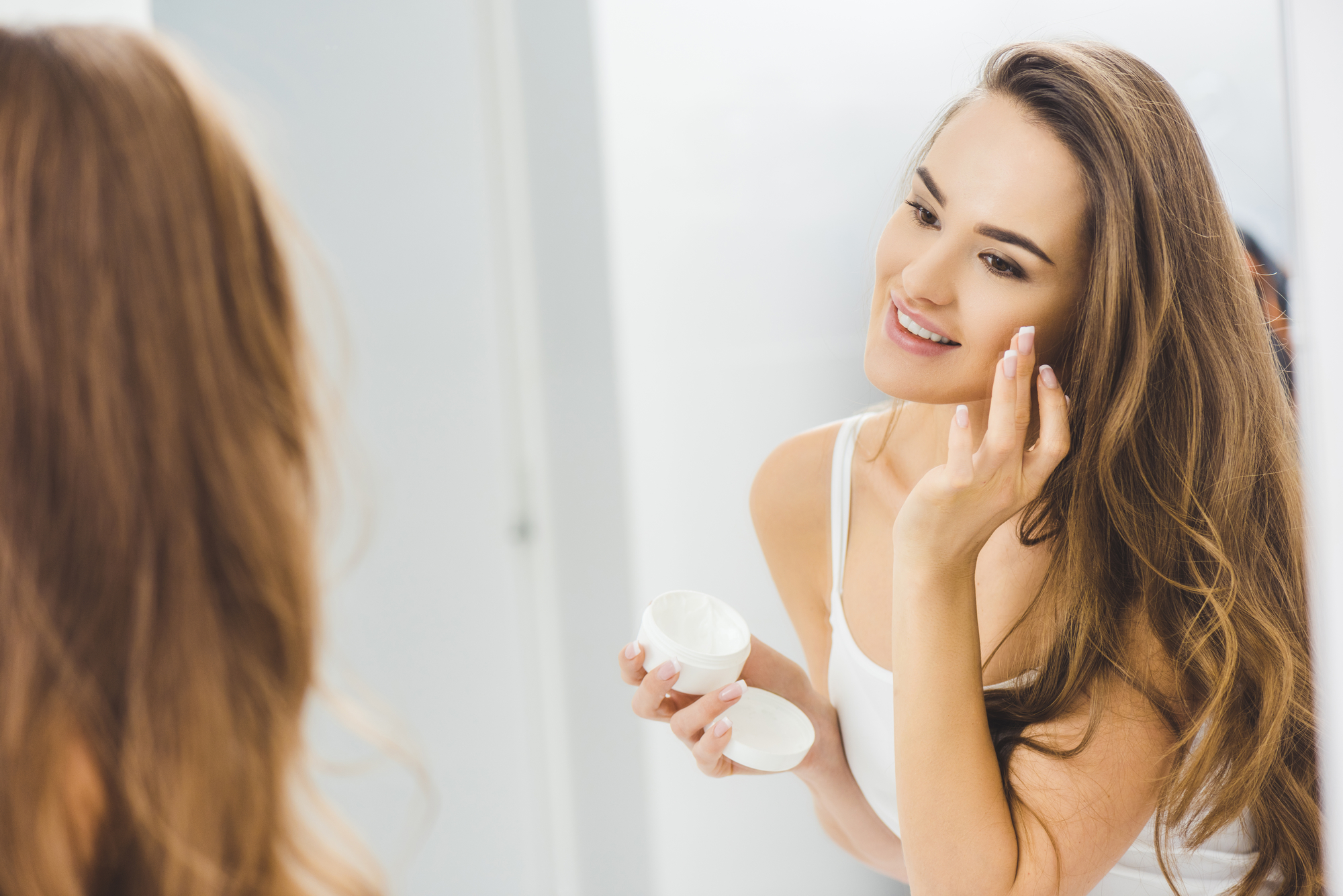
"Four main causes of Acne are: bacteria, excess oil production, clogged hair follicles and excess activity of a certain hormone called Androgens."
"Four main causes of Acne are: bacteria, excess oil production, clogged hair follicles and excess activity of a certain hormone called Androgens."
Acne is a skin condition that occurs when hair follicles become saturated with dead skin cells and sebum (oil). This typically leads to pimples, blackheads, or whiteheads. Most individuals experience acne at varying degrees of severity at one point in their life.
Common spots for acne or similar blemishes to appear are on the shoulders, upper back, forehead, and face. Thankfully, even though some forms of acne can be very persistent, there are effective treatment options available.
Acne can come in different forms and appearances. It can vary depending on the severity of one’s condition.
Acne can be a complex condition caused by a combination of different factors. Four main causes are:
A condition called Polycystic Ovarian Syndrome, which occurs in females that suffer from irregular menstrual cycles, is another cause for resistant acne.
Deep, narrow scars that extend into the dermis. With this type of acne scar, the skin will look like it has been pierced by a sharp instrument, like an ice pick. Some of these scars may appear as large, open pores as they make a thin, deep, and small hole into the skin.
Round, oval depressions with steep vertical sides. This type of acne scar is wider than an ice pick scar. A boxcar scar can make the skin look pitted and uneven.
This type of acne scar causes a wave or rolling-like appearance across the skin. The skin look pitted and uneven but differs from boxcar scars as they aren’t as sharply defined.
Firm, raised scars that grow above the skin’s surface. These types of scars are more frequently found on the torso, especially on men, even though they can be found anywhere else on the body. Hypertrophic scars are common after trauma or deep wound. A keloid scar is a more severe type of raised scar. It differs from hypertrophic scars as the keloids grow larger than the original wound.
While this isn’t a true acne scar, discoloration sometimes appears on the skin once a pimple heals. This is very common for individuals with acne. This hyperpigmentation is a flat area that ranges from pink to red, brown, purple, and even black – it depends on your skin type.
Facial redness during or after a flare of acne eruption may happen, especially in fair-skinned individuals.
Everyone’s skin is different. Each type of acne responds differently to treatment mechanisms. Thankfully, there are several forms of treatment.
Topical Erythromycin and Clindamycin are antibiotics but also known as anti-inflammatory drugs that work against different types of bacteria. These topical antibiotics should be used with a topical retinoid or benzoyl peroxide.
This medication is used to treat both mild and moderate forms of acne. It can be used along with other acne treatments. Benzoyl peroxide reduces the amount of acne-causing bacteria, along with causing the skin to dry and peel.
There are a couple of types of topical retinoids like adapalene and tretinoin that are effective for many patients who have comedonal acne. Patients who have inflammatory lesions usually see benefits from treatment that consists of topical antibiotics, azelaic acid, or benzoyl peroxide.
Birth control pills containing estrogen and progesterone lowers the level of androgens in the body. This results in less sebum production, improving the acne condition. Depending on the individual and their medical history, this could be an option to consider.
Common oral antibiotics used are tetracycline based. Results will be obvious after 2 months of consumption. Apart from being an anti-microbial agent, it also has anti-inflammatory properties. Other form of oral antibiotics such as erythromycin can be considered in more severe cases in young children or pregnant ladies.
Oral retinoid is reserved for severe, cystic acne, as well as those who have not responded to oral antibiotics. Your dermatologist will discuss the pros and cons of this treatment option. The results with oral retinoid is usually far more superior than all the above options if taken correctly under medical supervision.
Some people need more than a standalone treatment. To tackle certain types of acne and/or acne scars, you may need a combination of treatments. Some of the most popular and effective options are:
A procedure that simultaneously combines hydration, extraction, exfoliation, cleansing, and antioxidant protection. With this treatment, you can expect an improvement in the appearance of fine lines, brown spots, wrinkles, and congested and oily skin.
Ideal option to even out your skin tone and to reduce redness of the skin. Q- switched Nd:YAG laser can be used to even or lighten pigmentation, while the pulsed dye laser can be used to reduce redness. Fractional CO2 laser and radio-frequency microneedling can be used to be improve the scars.
Blue LED light therapy is a noninvasive alternative or additional treatment for acne that uses light to kill certain bacteria on the skin, while Red LED light will help to reduce inflammation and minimize pore size in acne prone skin.
Topical lightening creams can be used together with other modalities as mentioned above. Our clinic uses a hydroquinone and other botanical range.
Appropriate cosmeceuticals which helps to ease the dryness and redness on the skin is crucial in maintaining the skin moisture after having medicated creams and oral medications.
Book a consultation with dual accredited Dermatologist in Singapore, Dr Liew Hui Min to get your condition assessed.
Gleneagles Medical Centre
6 Napier Road, #06-01
Singapore 258499
Jam Buka Klinik:
Senin, Selasa, Kamis, Jumat (8:30 pagi – 5:30 sore)
Rabu & Sabtu (8:30 pagi – 12:30 sore)
Kontak Informasi
T: +65 6254 6646
M: +65 9641 1595
F: +65 6259 9853